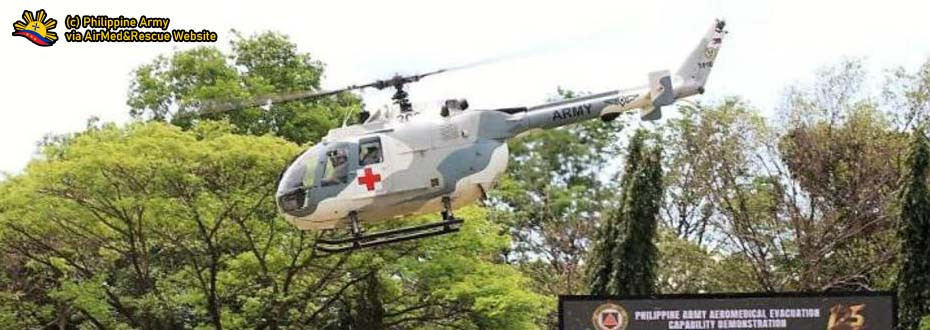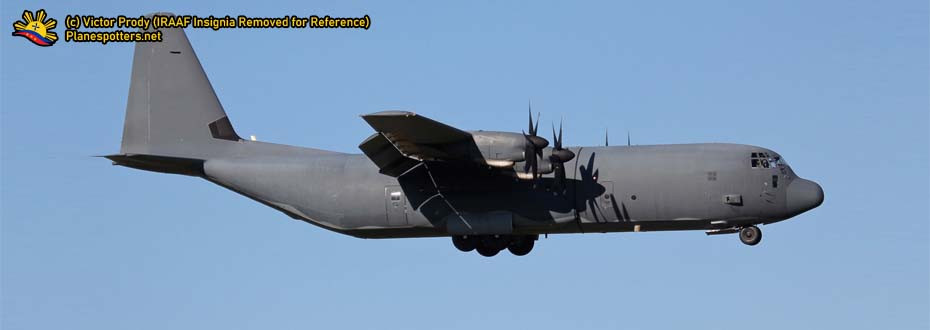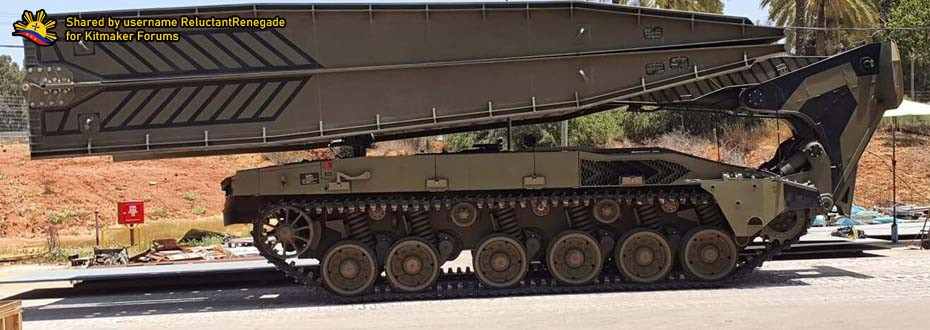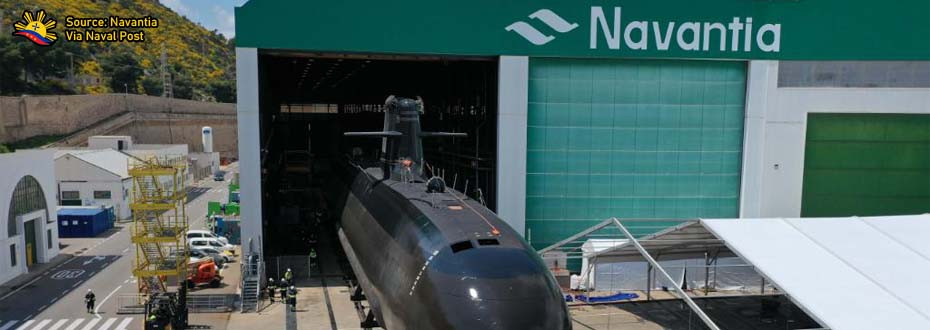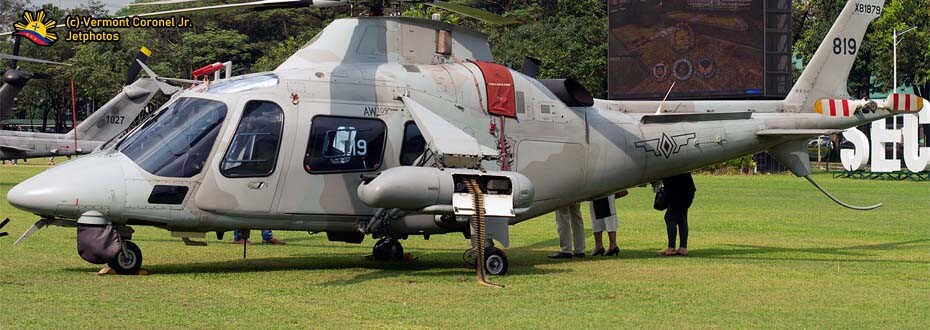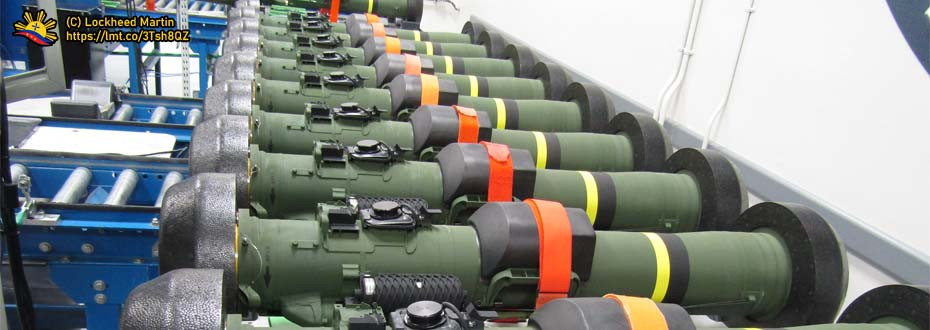This article will talk about military budgeting in a way that questions will be answered in connection on the main theme which will be revolving to military budgeting as well as Procurement Process stipulated in the Republic Act 9184 or more known as the Procurement Law and its 2016 Implemented Rules and Regulations or IRR. Not to mention that the terms of the deal and variables will be discussed also in a way that this centers on the projects and undertaking that the Armed Forces of the Philippines or any of its branches obtains in purchasing military hardware.
Pitz Defense Analysis Note: This will be written by your very own whose background is with the government and his line of specialties deals with budgeting as transactions are being done in a way that obligating transactions shall be within the bounds of the annual procurement plan listing with disbursements also getting in line with such obligations. In this way, checks and balances are in place to ensure total accountability in various transaction processes. In this matter though, several of the details provided in this discussion will be based on experience, although supplemental data will be provided for cross-referencing.
 |
| Providing funding on projects mean a lot to all organizations, both private and public. |
Budgeting the Armed Forces and their Needs - dated January 14, 2018
Horizon 2 and the Budget Obstacle - dated April 09, 2017
THE QUESTIONS
So, here are some of the own-formulated questions with regards to budgeting and procurement processes. Some of which may provide knowledge or ideas on questions that you readers have wondered. If any of you have some more ideas to add, just kindly comment below for us to answer your questions. Provided that it is still within the bounds of this topic discussion.
Question #1
- How the bids and awards committee of each service branch determines the budget for the Modernization Program, in particular, the military procurement projects?
Answer: It is something to do with budget calls wherein being the part of the budgeting process (somewhere in the first step of the process), the ranking officials are meeting together in order to make a proposal of what direction an agency or a military service will take for the next year or more. From there, they will provide the inputs needed in order to prioritize the necessity of a service branch in order to guarantee its mandate will remain efficient and effective for many years to come. The outputs will be compiled together in a PPMP or the Project Procurement Management Plan which will embody the contents of the Annual Procurement Plan or APP and eventually the duly-signed General Appropriations Act or GAA later on. While in the discussion, the pricing of various products will also be determined through the following question...
Question #2
- How are each projects being priced for the ABC or Allocated Budget for the Contract?
Answer: The bids and awards committee, together with the technical working group will invite prospective bidders in a way that the request for quotation or RFQ will be provided to any interesting suppliers that obtain specialties in building such a military tech. Such information and documents that pertain to RFQ can be retrieved in a website of a government entity or service branch and on PhilGeps website which is responsible for the posting of Government-related procurement matters. One example is the DND Bids and Awards Committee section of their website which the request for quotations, invitation to bid and other details are provided.
Question #3
- What embodies the Armed Forces of the Philippines' annual budget?
Answer: One may wonder why the budget of the AFP annually - especially for its service branch is high enough to support modernization processes yet it only allocates a small portion to fund its modernization efforts. The answer definitely lies on one, very simple fact - The Armed Forces of the Philippines or its branches which is the Philippine Army, Navy and Air Force, as well as other uniform services like the Philippine Coast Guard and the Philippine National Police like any other government agencies, have to fund other operational matters that are considered vital to their mandate as an organization. In other words, the budget of an organization is piece-mealed to various budgeting components, primarily Personnel Services or PS, Maintenance and Other Operating Expenses or MOOE and Capital Outlay or CO. Those terminologies are your government equivalents of salaries and benefits, cost of services rendered or goods manufactured and capital expenditures that a private enterprise categorize in order to manage their cash outflow. This means that troops need the salary and benefits they deserve in rendering the service for the country, maintenance for military equipment and facilities, operations that involve fuel, communications, and electric consumption as well as repair of facilities which is essential in sheltering troops and equipment. That leaves capital outlay where the Modernization procurement process falls on as these projects usually involve the purchase of new equipment for the military to use.
Question #4
- Can we determine what units the AFP will buy on a specified budget?
Answer: It depends. Primarily, information based on previous transactions that the Armed Forces undertake may define the basis on the number of units that can be bought on a certain budget. However, such a measurement may go inaccurate if several of the factors will be ignored. There are many considerations to be taken if it is to measure the correlation of the budget to the product that a bidder presented as a package. It is not simply be limited to unit price and the face value of military purchases so as it may also vary from the package that a supplier is willing to provide.
Question #5
- Following the previous question, what are the factors that need to be considered in correlating the budget and the product offered by the bidder?
Answer: Aside from the number of units which is usually looked upon by an enthusiast in the surface, let us not ignore the freebies that a package the supplier may provide to sweeten the deal as well as the specs of the product which define the capabilities will it have to be useful for the end user to utilize in its operations and the after-support privileges that there is the guarantee that the winning bidder will provide the spare parts and services the end user needs throughout the life span of a certain military equipment whether will it be a frigate, a multirole fighter jet or a long firearm being issued to the personnel. So, this renders inaccuracies in determining the number of units wherein lacking the said factors may not render the whole picture of the capabilities that the Armed Forces of the Philippines may bring in its inventory. Take note, it may be 10 units of poorly-armed attack helicopters or 5 units of such attack helicopters, complete with armaments and after-support.
Question #6
- Can the military simply purchase the most capable weapon available in a market?
Answer: If the question means stealth fighters and naval destroyers, the answer will be a no. While the Armed Forces are pursuing its path to modernization, of course, they will consider the feasibility of certain military equipment to ensure that it will operate in an efficient way without carrying the burden on the end user's end on carrying out expensive maintenance and operations year after year. One may definitely say that a capable fighter jet ever purchased may end up as a hangar queen where there is a waste of funds in the process while getting another fighter jet with just a sufficient capability but with efficient cost per flight hour (CPFH) in terms in maintenance and operations. Such efficiency is what SAAB markets the JAS-39 Gripen for where they are also a participant for the Multirole Fighter Jet Program of the Philippine Air Force versus Lockheed Martin's more-known F-16 Fighter Jet.
See related:
The F-16 Fighter Jet and the US Offer for PAF Flight Plan Modernization - dated September 11, 2018
The SAAB Gripen and the Marketing Over Philippine MRF Program - dated February 10, 2018
The Philippine Multirole Fighter Jet Procurement Program - dated June 24, 2018.
Question #7
- Why does the supplier or bidder usually provides freebies in their respective packages?
Answer: This is usually done where it provides an effective bargain for the end user to consider in a way that it will benefit both sides for years to come. This is where the end user may satisfy an additional unit from the original agreement or a different component that improves the effectiveness of the package offered through the product line.
Question #8
- How the bidding process is being done?
Answer: It is being done through the rules provided under R.A. 9184 or the Procurement Law where it starts from inviting prospective bidders in a project and ends to the delivery of a product that will be produced by the lowest and most responsive bidder. The lowest and most responsive bidder is being determined to the lowest offer that a participating supplier may provide while having its product specs within the standards that the end user seeks in the product which makes them the responsive one.
Here is the step-by-step process provided by the Bureau of Local Government Finance regarding the procurement of goods in the government where the sales of Bidding Documents are being sent to the Treasury through a trust fund and technicalities are provided.
Read also: Revised Implementing Rules and Regulations, RA9184 2016.
Question #9
- In what budgeting method does the Modernization Projects under?
Answer: They fall under Multi-year Contracting Authority (MYCA) or what was once called the Multi-Year Obligations Authority (MYOA) given the attributes of Cash-based budgeting that is in implementation today. This setup of funds is different from the usual budgeting where contents are being provided within the GAA or General Appropriations Act where the disbursement of funding comes beyond the annual setup with payments provided upon the agreed milestones set in an agreement.
To know more about Cash-based budgeting, kindly check this link here containing the presentation from Department of Budget and Management in a PAGBA Seminar.
Question #10
- How the budget influence the outcome of a military procurement project?
Answer: The budgetary influence on a project definitely means a lot in terms of what the capabilities that a piece of equipment may come, or how many units will be coming that will satisfy the end user's need of conducting their mandate efficiently. For instance, a lack of funding on the project may affect the specifications of the end product in a way that Fitted For But Not With or FFNBW attributes will be part of the equation. Let us take note that FFBNW is a way of saying that a feature or component in a military asset will not be included on the main package of the procurement project and instead will come separately later on, in another project and funding required for it to be possible. One example is the Jose Rizal-class Frigate where some of the subcomponents like the Vertical Launching System or VLS as well as the Towed Array Sonar are both classified as FFBNW which means that it will not be included on its current production and instead will be later provided upon the prerogative of the end user's ranking officials.
The questions may get added later on as interesting topics may get covered under way in relevance to this topic.
Here are some of the questions with regards to military budgeting and procurement that aims to provide the knowledge and process behind determining the asset that the end user in each service branch to be used. Take note that this article may get updates later on as new questions arise with ideas shared together and more knowledge absorbed in knowing this important fundamental idea in the Modernization efforts undertaken by the country's Armed Forces.
WANT TO ADD MORE?
Questions that are connected to the topic are welcome where some of these things may get added on the list later on. If there is something to cover or quench the enthusiastic curiosity regarding this topic, just kindly comment to this article or on our Facebook Page once this article gets posted.








